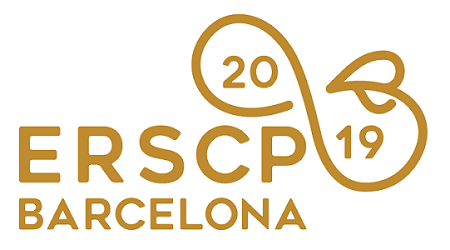Full Program »
Socioeconomic impact assessment in Circular Economy schemes: case study of cork waste management by means of gasification technology
More often, methodologies to assess socioeconomic impact are focused on determining just a few indicators instead impacts, which do not use to cover the whole spectrum of socioeconomic insights. In this sense, the hybrid fulfilment-importance matrix emerges with the aim to solve these limitations and to calculate the socioeconomic impacts of a new process, service or project. This methodology relies on the holistic approach offered by the LCA, LCC and sLCA methodologies, and is based on concordance between indicators and impacts, which is quantified. In this way, it allows calculating in which degree the objectives have been achieved, and how the impacts and indicators affect the system under evaluation. This fact gives high degree of transparency and easy reproducibility, coupled to the possibility of hotspot identification. Furthermore, one of the main strong points is its integrated approach, which allows considering the impacts of the process, service or project during different dimensions of the project. In addition, and based in the life cycle perspective, hybrid fulfilment-importance matrix allows benchmarking the project performance and score against current and baseline situations. The indicators, placed in rows, are organized in technical, environmental, economic, and social indicators. On its behalf, columns hold the foreseen impacts. These impacts also consider environmental, technical, economic and social insights. For each indicator and impact match, an importance value is given through a value between 0 and 3, based on expert judgement. Coupled to that, an achievement factor is given based on the performance achieved in the project; if the objectives have been fulfilled, a positive factor is applied. If the objectives are not achieved, the value is below zero. The methodology has been applied in the frame of LIFE + ECORKWASTE project. Its main aim was to develop a gasification technology able to obtain energy from cork gasification, and avoiding cork landfilling. Hence, the above explained matrix has been built with the aim of determining the socioeconomic impacts of the project. For that, data coming from technical activities developed during the project had been assessed with the objective to determine the effect into the society and communities. The obtained results demonstrate tangible benefits of the technology to society; impacts with special significance are cork valorisation increase, reduction of cork waste dumped in landfill, and competitiveness increase of cork sector and cork industries. Both technical and economic dimensions are those with more prominence when indicators are analysed. In conclusion, the socioeconomic benefits of ECORKWASTE gasification scheme are mainly obtained from the reduction of landfill practices, the production of clean energy, re-utilisation of by-products, improvement of knowledge, and investment in human capital. These conclusions remark the main objectives of the project, and allow quantifying the socioeconomic benefits from the process itself, potential service to be exploited or project implementation in companies interested. Hence, the hybrid importance-fulfilment matrix has been proven to socioeconomically asses the LIFE+ ECORKWASTE project in a quantitative, measurable and reproducible way.
